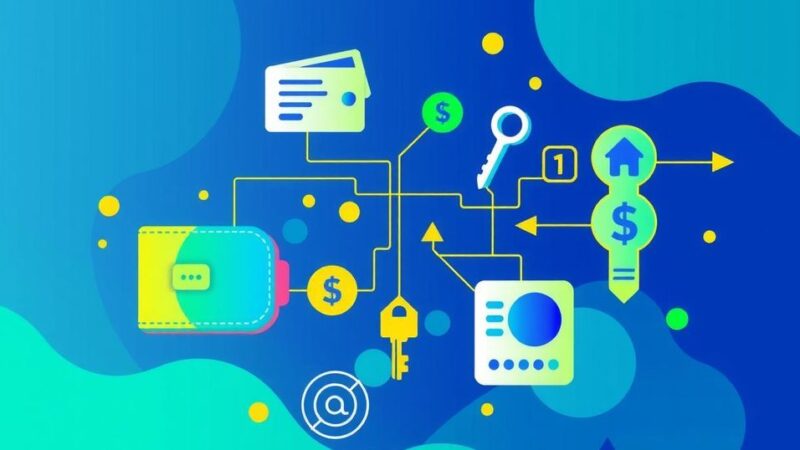In January, Brazil created 137,303 formal jobs, nearly three times the expected 48,000. The industrial sector led this growth, creating 70,428 jobs, contrasting with weak data from services and retail sectors indicating a possible slowdown. Policymakers have raised interest rates significantly to curb inflation, with projections suggesting rates may reach 15% by the end of this year.
In January, Brazil’s economy produced approximately three times the anticipated formal employment, contrary to emerging signs of an economic deceleration. Data from the Labor Ministry showed that the country generated a net total of 137,303 formal jobs, significantly surpassing the 48,000 jobs predicted by economists in a Reuters poll. This increase was primarily fueled by the industrial sector, which contributed 70,428 jobs, outpacing the services sector, historically the largest job creator in Brazil.
Despite the substantial rise in formal job creation, January’s job additions were lower than the 173,233 jobs recorded in the same month of the previous year, based on adjusted figures. Weak indicators from the services sector, industrial production, and retail sales in December suggested a potential economic slowdown. This trend, if confirmed, could lead the central bank to adopt a less aggressive approach in managing inflation in the future.
The Brazilian central bank has implemented a tightening cycle, raising interest rates by 275 basis points since September, bringing the rates to 13.25%. Additionally, the bank has signalled a further hike of 100 basis points at the upcoming March policy meeting, with economists estimating an end-of-year rate at 15%. This indicates a responsive monetary policy to the evolving economic backdrop.
Brazil’s formal job creation in January exceeded expectations significantly, led by the industrial sector’s strong performance. However, the overall job growth remains lower than last year’s figures, raising concerns amid signs of economic slowdown. The central bank’s ongoing interest rate hikes reflect an effort to manage inflation while addressing these economic challenges.
Original Source: www.tradingview.com






